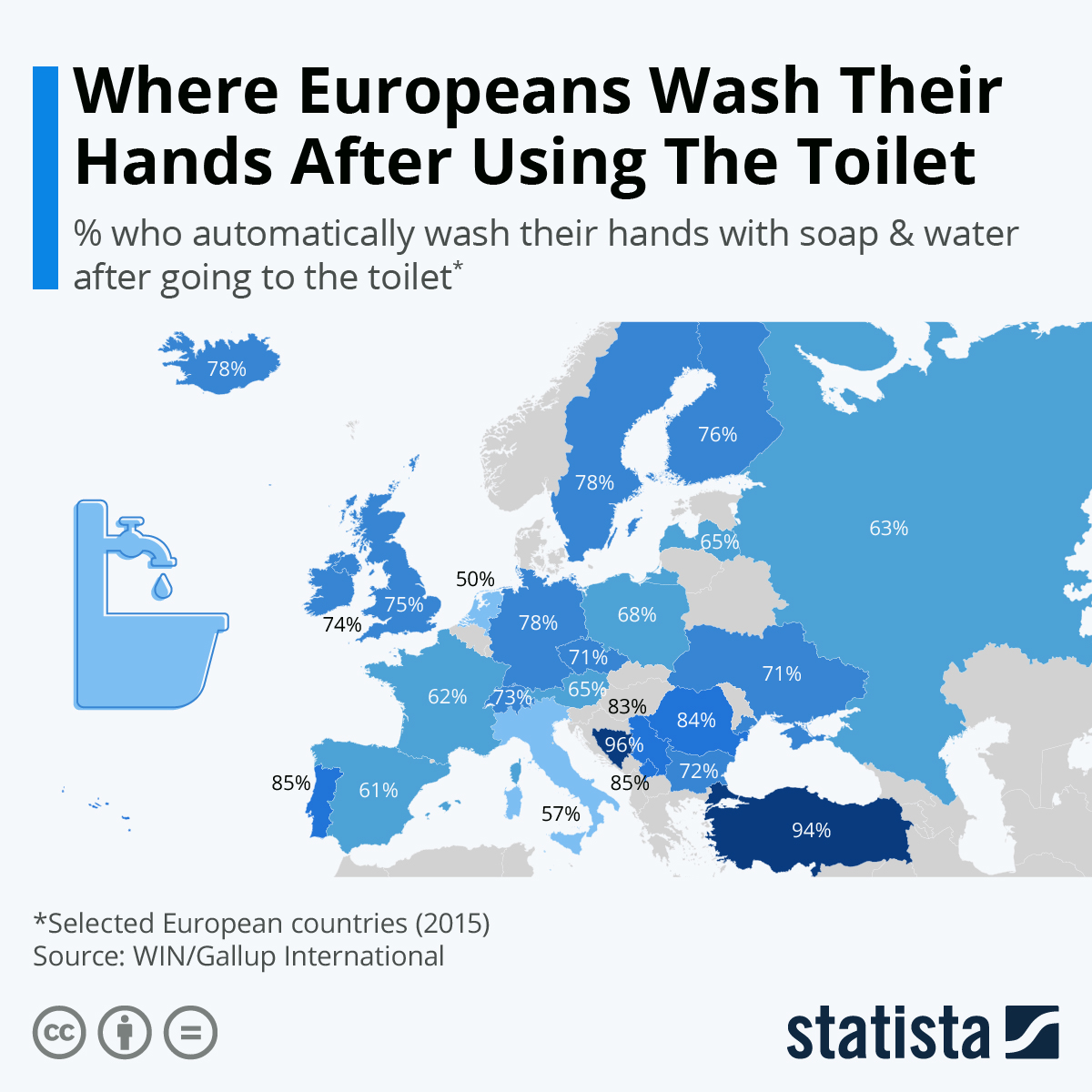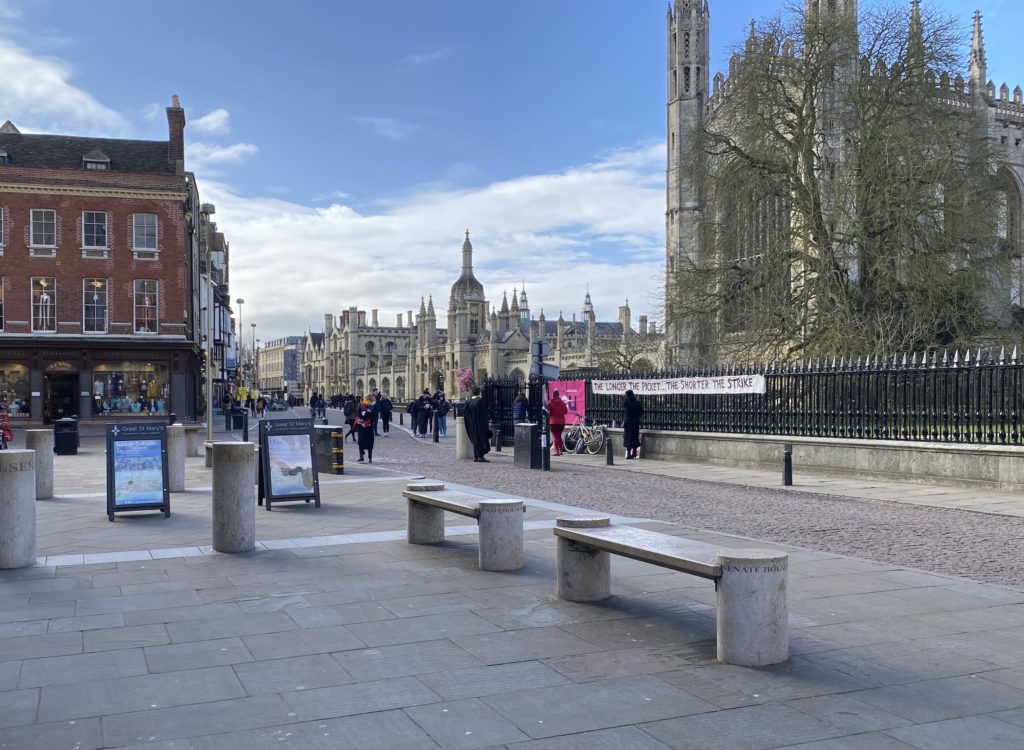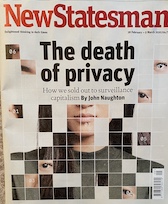As Ian Bogost points out, many us would just do what we mostly due anyway — work away at home, watch Netflix or TV or cook or do some gardening in downtimes from when we’re actually working. I had an email today from a busy guy who said that, in a way, he’d rather enjoy being told that he had to ‘self-isolate’ because it would give him time to think, to catch up on all those books on his bedside table, and maybe even to write some stuff for himself rather that for a publisher. “You already live in quarantine”, says Bogost. “Being holed up at home has never been more pleasant.” He might be right.
Monthly Archives: March 2020
Zzzzzzzzzz…..
Bill Gates on the coming pandemic
Excellent article by him in the New England Journal of Medicine. Sample:
In any crisis, leaders have two equally important responsibilities: solve the immediate problem and keep it from happening again. The Covid-19 pandemic is a case in point. We need to save lives now while also improving the way we respond to outbreaks in general. The first point is more pressing, but the second has crucial long-term consequences.
The long-term challenge — improving our ability to respond to outbreaks — isn’t new. Global health experts have been saying for years that another pandemic whose speed and severity rivaled those of the 1918 influenza epidemic was a matter not of if but of when. The Bill and Melinda Gates Foundation has committed substantial resources in recent years to helping the world prepare for such a scenario.
Now we also face an immediate crisis. In the past week, Covid-19 has started behaving a lot like the once-in-a-century pathogen we’ve been worried about. I hope it’s not that bad, but we should assume it will be until we know otherwise.
There are two reasons that Covid-19 is such a threat. First, it can kill healthy adults in addition to elderly people with existing health problems. The data so far suggest that the virus has a case fatality risk around 1%; this rate would make it many times more severe than typical seasonal influenza, putting it somewhere between the 1957 influenza pandemic (0.6%) and the 1918 influenza pandemic (2%).
Second, Covid-19 is transmitted quite efficiently. The average infected person spreads the disease to two or three others — an exponential rate of increase. There is also strong evidence that it can be transmitted by people who are just mildly ill or even presymptomatic.3 That means Covid-19 will be much harder to contain than the Middle East respiratory syndrome or severe acute respiratory syndrome (SARS), which were spread much less efficiently and only by symptomatic people. In fact, Covid-19 has already caused 10 times as many cases as SARS in a quarter of the time.
Note the “once-in-a-century pathogen” point.
Smoke signals and COVID-19
In a terrific blog post Jacob Falkovich cites a famous psychology experiment:
Most people sitting alone in a room will quickly get out if it starts filling up with smoke. But if two other people in the room seem unperturbed, almost everyone will stay put. That is the result of a famous experiment from the 1960s and its replications — people will sit and nervously look around at their peers for 20 minutes even as the thick smoke starts obscuring their vision.
He then goes on to show how this human frailty might explain why the general public (as distinct from epidemiologists) was so slow to appreciate the risk from the virus.
The coronavirus was identified on January 7th and spread outside China by January 13th. American media ran some stories about how you should worry about the seasonal flu instead. The markets didn’t budge. Rationalist Twitter started tweeting excitedly about R0 and supply chains.
Over the next two weeks Chinese COVID cases kept climbing at 60%/day reaching 17,000 by February 2nd. Cases were confirmed in Europe and the US. The WHO declared a global emergency. The former FDA commissioner explained why a law technicality made it illegal for US hospitals to test people for coronavirus, implying that we have no actual idea how many Americans have contracted the disease. Everyone mostly ignored him including all major media publications, and equity markets hit an all time high. By this point several Rationalists in Silicon Valley and elsewhere started seriously prepping for a pandemic and canceling large gatherings.
On February 13th, Vox published a story mocking people in Silicon Valley for worrying about COVID-19. The article contained multiple factual mistakes about the virus and the opinions of public health experts.
On the 17th, Eliezer asked how markets should react to an obvious looming pandemic. Most people agreed that the markets should freak out and aren’t. Most people decided to trust the markets over their own judgment. As an avowed efficient marketeer who hasn’t made an active stock trade in a decade, I stared at that Tweet for a long time. I stared at it some more. Then I went ahead and sold 10% of the stocks I owned and started buying respirators and beans.
By the 21st, the pandemic and its concomitant fears hit everywhere from Iran to Italy while in the US thousands of people were asked to self-quarantine. Most elected officials in the US seemed utterly unaware that anything was happening. CNN ran a front page story about the real enemies being racism and the seasonal flu.
This week the spell began to lift at last. The stock market tumbled 7%. WaPo squeezed out one more story about racism before confirming that the virus is spreading among Americans with no links to Wuhan and that’s scary. Trump decided to throw his vice president under the coronavirus bus, finally admitting that it’s a thing that the government is aware of.
And Rationalist Twitter asked: what the fuck is wrong with everyone who is not on Rationalist Twitter?
Great post. It’s also about public understanding (or lack thereof) and journalistic (in)capacity.
How to do it (if you’re rich enough)
From Microsoft’s Brad Smith:
As the impact of COVID-19 spreads in the Puget Sound region and northern California, Microsoft has asked its employees who can work from home to do so. As a result, we have a reduced need in these regions for the on-site presence of many of the hourly workers who are vital to our daily operations, such as individuals who work for our vendors and staff our cafes, drive our shuttles and support our on-site tech and audio-visual needs.
We recognize the hardship that lost work can mean for hourly employees. As a result, we’ve decided that Microsoft will continue to pay all our vendor hourly service providers their regular pay during this period of reduced service needs. This is independent of whether their full services are needed. This will ensure that, in Puget Sound for example, the 4,500 hourly employees who work in our facilities will continue to receive their regular wages even if their work hours are reduced.
While the work to protect public health needs to speed up, the economy can’t afford to slow down. We’re committed as a company to making public health our first priority and doing what we can to address the economic and societal impact of COVID-19. We appreciate that what’s affordable for a large employer may not be affordable for a small business, but we believe that large employers who can afford to take this type of step should consider doing so.
Everyone’s cooking the books
From Alexis Madrigal:
Meanwhile, South Korean officials have been testing more than 10,000 people a day, driving up the country’s reported-case count. Same goes for Italy: high test rate, high number of cases. (Now some Italian politicians want to restrict testing.) In China, the official data say the country has more than 80,000 cases, but the real number might be far, far higher because of all the people who had mild(er) cases and were turned away from medical care, or never sought it in the first place. That may be cause for reassurance (though not everyone agrees), because the total number of cases is the denominator in the simple equation that yields a fatality rate: deaths divided by cases. More cases with the same number of deaths means that the disease is likely less deadly than the data show.
The point is that every country’s numbers are the result of a specific set of testing and accounting regimes. Everyone is cooking the data, one way or another. And yet, even though these inconsistencies are public and plain, people continue to rely on charts showing different numbers, with no indication that they are not all produced with the same rigor or vigor. This is bad. It encourages dangerous behavior such as cutting back testing to bring a country’s numbers down or slow-walking testing to keep a country’s numbers low.
What’s missing from this picture?
Quote of the Day
“COVID-19 is like a denial-of-service attack on health care infrastructure; the risk is in hospitals being overwhelmed with cases that, in a vacuum, could be overcome.”
- Elad Gil via Ben Thomson
Handwashing stats
 You will find more infographics at Statista
You will find more infographics at Statista
Hmmm… I wonder how accurate these numbers are.
Slouching towards Dystopia
My longish (3000-word) essay in this week’s New Statesman. It’s basically a account of how we got into our current impasse with digital technology. Sample:
The important point is that surveillance and our passive acceptance of it lies at the heart of the dystopia we are busily constructing. It doesn’t matter which technology is used to identify people: what matters is that we can be identified, and then correlated and tracked across everything we do. Mass surveillance is increasingly the norm. In countries such as China, a surveillance infrastructure is being built by the government for social control. In Western countries, led by the US, it’s being built by corporations in order to influence our buying behaviour, and is then used incidentally by governments.
What’s happened in the West, largely unnoticed by the citizenry, is a sea-change in the social contract between individuals and the state. Whereas once the deal was that we accepted some limitations on our freedom in exchange for security, now the state requires us to surrender most of our privacy in order to protect us. The (implicit and explicit) argument is that if we have nothing to hide there is nothing to fear. And people seem to accept that ludicrous trope. We have been slouching towards dystopia.



